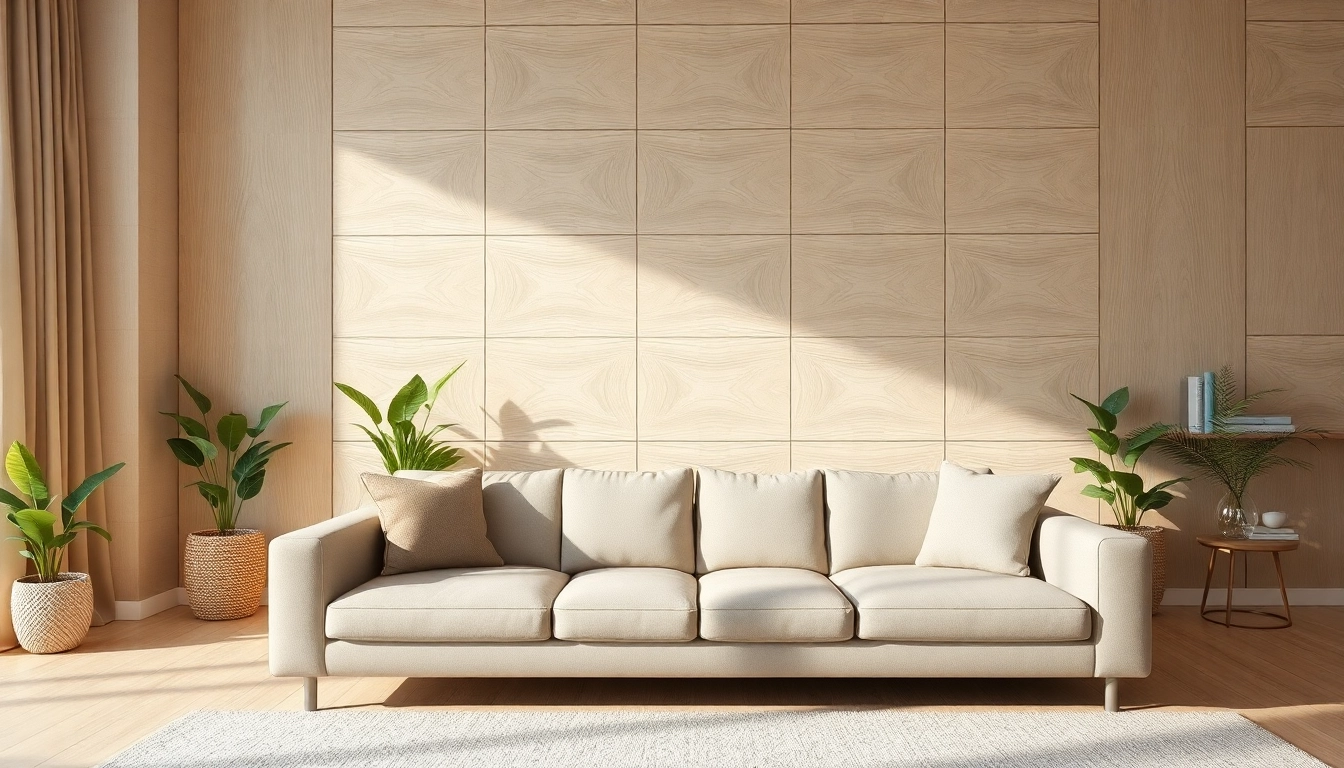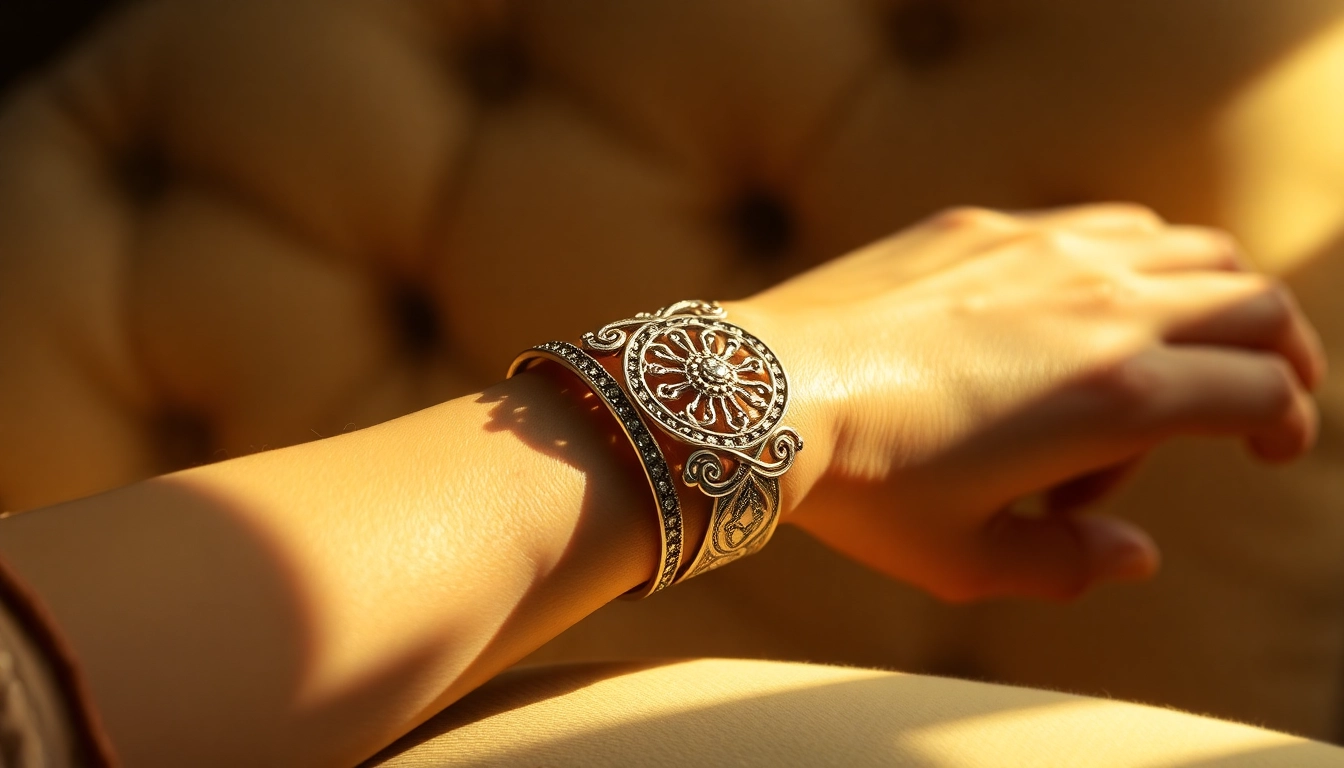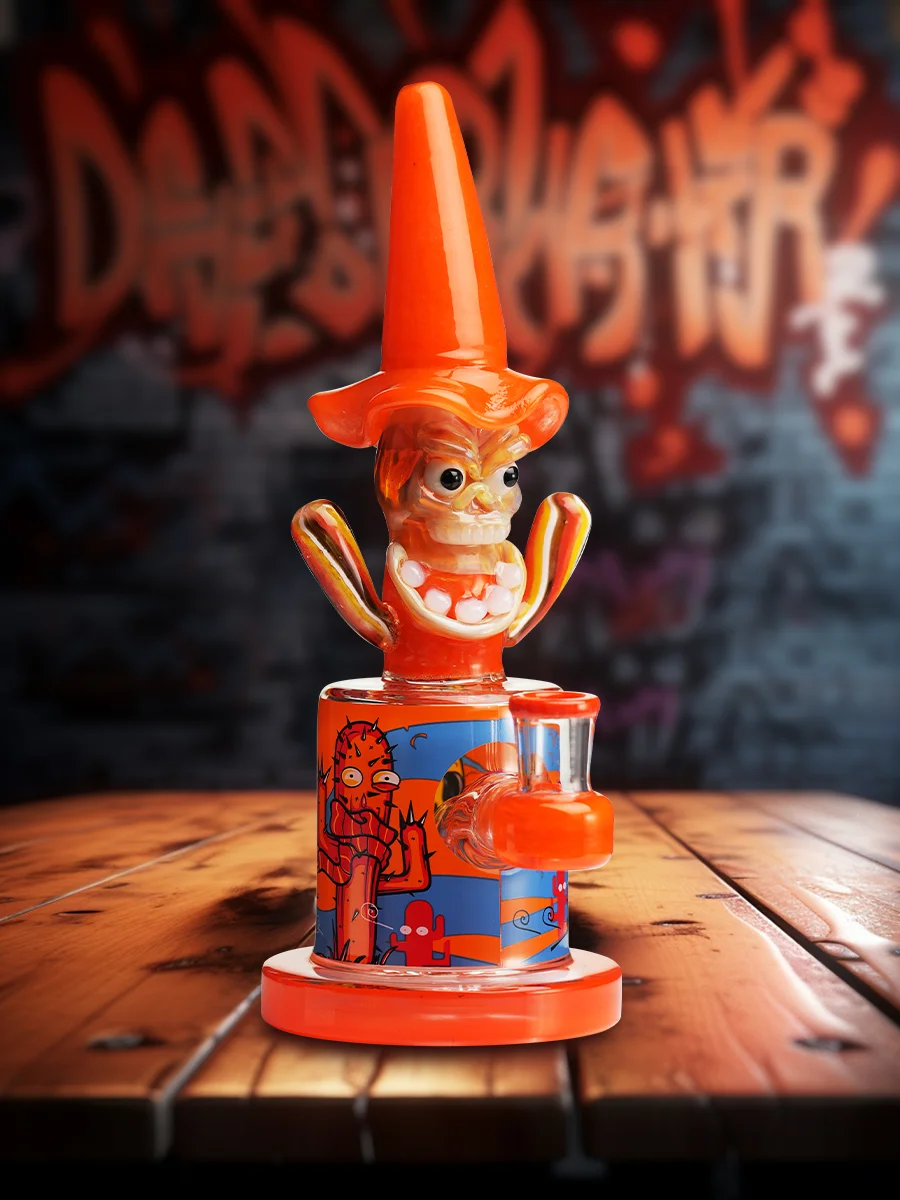Introduction to mdf wall panels
When it comes to interior design, the versatility and aesthetic appeal of mdf wall panels have made them a popular choice among homeowners and designers alike. These engineered wood products provide a solid foundation for creative wall applications, allowing for unique and stylish enhancements to any room. This comprehensive guide explores the characteristics, benefits, and practical applications of mdf wall panels, any homeowner or designer would benefit from understanding.
What are mdf wall panels?
MDF, or medium-density fiberboard, is an engineered wood product made from wood fibers, wax, and resin, which are compressed and heated to create dense boards. Mdf wall panels come in various sizes, thicknesses, and finishes, making them suitable for a wide range of applications. They offer a smooth surface that can easily be painted or veneered, lending themselves to a myriad of design possibilities. Unlike solid wood, mdf wall panels are more uniform, free from knots, and less prone to warping, which makes them an ideal choice for many design projects.
Benefits of using mdf wall panels
MDF wall panels come with a slew of benefits that make them an excellent choice for both residential and commercial spaces:
- Affordability: Compared to natural wood, mdf wall panels are significantly less expensive, allowing for budget-friendly design solutions.
- Easy to Work With: Mdf is easy to cut, shape, and install, making it an excellent option for DIY projects.
- Versatile Designs: Available in a wide range of styles and finishes, mdf wall panels can mimic the appearance of more expensive materials.
- Eco-Friendly: Made from recycled wood fibers, mdf wall panels are a sustainable choice, contributing to a reduced environmental impact.
- Resistance to Warping: Mdf’s dense structure makes it less susceptible to warping or splitting than solid wood, ensuring longevity and reliability.
Common applications of mdf wall panels
MDF wall panels can be used in various settings, resulting in practical, stylish applications:
- Residential Spaces: Living rooms, bedrooms, and dining areas often utilize mdf panels for accent walls or wainscoting.
- Commercial Properties: Offices and retail spaces feature mdf panels for wall treatments that are both functional and appealing.
- Feature Walls: Create eye-catching focal points through textured or patterned mdf panels in strategic locations.
- Acoustic Panels: In studios and theatres, mdf wall panels serve dual purposes as sound absorbers and decorative elements.
Choosing the Right mdf wall panels
Factors to consider when selecting mdf wall panels
Selecting the right mdf wall panels involves considering several factors that can influence the final outcome of your project:
- Thickness: The thickness of the panels can affect the overall stability and appearance. Thicker panels are more robust but may be pricier.
- Finish: Consider the desired finish. Some mdf panels come pre-finished, while others require painting or staining.
- Texture: Smooth and textured panels offer different aesthetic vibes. Select based on your design philosophy.
- Color: Ensure the color complements your existing décor. Neutral shades are versatile, while bold colors can make a statement.
Popular styles and finishes
The variety of styles and finishes available for mdf wall panels can transform a space from mundane to extraordinary. Here are some popular options:
- Shaker Style: This timeless design features simple paneling, suitable for various interior styles, particularly classic and farmhouse.
- Beadboard: Offering a cottage charm, beadboard mdf panels are perfect for cozy spaces and rustic designs.
- Textured Patterns: Geometric or floral patterns can add dimension and character to walls, enhancing the visual interest of a room.
- Glossy Finishes: High gloss mdf panels reflect light, adding brightness and vibrancy to any space.
How to match mdf wall panels to your décor
Matching mdf wall panels to your overall décor requires thoughtful consideration:
- Color Palette: Use color theory to choose mdf wall panels that harmonize with your existing color palette for a cohesive look.
- Complementary Materials: Pair mdf panels with other materials, such as brick or stone, for a layered and dynamic design.
- Furniture Styles: Select finishes and styles that reflect your furniture style, ensuring the space feels unified and intentional.
- Lighting: Consider the effects of lighting on the wall panels; glossy finishes may reflect light differently than matte finishes.
Installation of mdf wall panels
Preparation and tools needed
Before installing mdf wall panels, gathering the necessary tools is essential:
- Tools Required:
- Measuring tape
- Level
- Utility knife or circular saw
- Adhesive or nails for installation
- Painter’s tape
- Caulk and caulking gun
- Work Space: Ensure the working area is clean and spacious to facilitate smooth installation.
- Acclimation: Allow the mdf wall panels to acclimate to the room’s temperature and humidity for at least 48 hours before installation.
Step-by-step installation guide
The installation process for mdf wall panels can be straightforward if you follow these steps:
- Measure the Area: Accurately measure the wall space where the panels will be installed to determine the number of panels needed.
- Prepare the Panels: Cut the mdf wall panels to size using a circular saw, ensuring smooth edges.
- Layout: Lay out the panels on the floor to visualize the design before starting the installation.
- Apply Adhesive: Apply construction adhesive or use a nail gun to secure the first panel to the wall, ensuring it is level.
- Continue Installation: Continue applying subsequent panels, ensuring to check alignment and adjust as needed.
- Seal the Edges: Once installed, caulk around the edges to create a seamless look and protect against moisture.
Common pitfalls to avoid during installation
While installing mdf wall panels may seem easy, several common pitfalls can affect the quality of the final result:
- Ignoring Acclimation: Failing to acclimate the panels can cause expansion or contraction over time, leading to gaps.
- Poor Measurements: Inaccurate measurements can result in misaligned panels, requiring costly adjustments.
- Neglecting Wall Preparation: Not properly preparing the wall surface may lead to poor adhesion or alignment issues.
- Forgetting Ventilation: Ensure proper ventilation during installation, especially when using adhesives, to avoid inhalation of fumes.
Maintaining and Caring for mdf wall panels
Cleaning tips for mdf wall panels
To maintain the beauty and durability of mdf wall panels, adhere to these cleaning tips:
- Regular Dusting: Use a microfiber cloth to regularly dust the panels, preventing dust accumulation.
- Mild Cleaning Solutions: For deeper cleaning, use a mild detergent mixed with water. Avoid harsh chemicals that may damage the finish.
- Immediate Spills: Clean spills immediately to prevent absorption into the mdf. Blot the area gently and avoid saturating the surface.
Managing moisture and humidity
Moisture can be detrimental to mdf wall panels, leading to swelling or damage. Manage moisture levels by:
- Using Dehumidifiers: In areas prone to humidity, consider using dehumidifiers to maintain optimal moisture levels.
- Sealants: Applying protective sealants can guard against moisture penetration, particularly in bathrooms or kitchens.
- Ventilation: Ensure spaces are well-ventilated to decrease humidity and moisture buildup.
Repairing scratches and damages
Accidents happen. Here’s how to repair scratches and damages on mdf wall panels:
- Fill Scratches: Use wood filler or putty to fill in scratches. Once dry, sand the area smooth and repaint as necessary.
- Replacing Panels: In cases of severe damage, consider replacing the affected panels instead of attempting repair.
- Prevention: Use furniture pads, and be mindful while moving furniture to minimize the risk of scratches.
Exploring Design Inspirations with mdf wall panels
Creative uses of mdf wall panels in different rooms
MDF wall panels can transform various rooms throughout your home into stylish and functional spaces:
- Living Rooms: Create striking accent walls with textured mdf panels, paired with stylish lighting for dramatic effect.
- Bedrooms: Use mdf wall panels as a headboard or behind nightstands to add depth and elegance to your sleeping space.
- Home Offices: Optimize productivity by using mdf panels to create a chic backdrop that doubles as a sound-absorbing element.
- Entryways: Enhance the entryway with mdf wall panels to establish an inviting atmosphere for guests.
Trendy combinations with other materials
Pairing mdf wall panels effectively with other materials can elevate your design:
- Wood Accents: Combine mdf with reclaimed wood for a rustic yet modern look.
- Metal Elements: Incorporate metal accents for a contemporary edge; metal frames or decorations contrast beautifully with mdf.
- Wallpaper: Utilize wallpaper on accent mdf panels to introduce patterns without overwhelming the space.
Real-life examples and case studies
Consider these inspirational case studies that showcase successful applications of mdf wall panels:
- Modern Loft: An urban loft utilized mdf wall panels to create a chic yet functional partition, enhancing the sense of space while providing visual interest.
- Coastal Retreat: A beach house incorporated light-colored mdf wall panels to reflect natural light, creating an airy and inviting ambience.
- Home Gym: An innovative home gym installed acoustic mdf panels to dampen sound, resulting in a focused exercise environment.



